2015 HOLDEN COLORADO REVIEW
Price: $50,990 plus options and on-road costs
Engine/Trans: 147kW/440Nm 2.8-litre DT Diesel / 6-speed Manual
Fuel Economy claimed: 8.1 l/100km combined
Construction: Body On Chassis
Suspension: Independent front / Live rear axle
Payload: 824kg
Towing: 750kg unbraked / 3500kg braked
Australia loves a good ute. But use the word “ute” these days and people have a different impression from what they used to. The definition of a utility has changed over the past few years, with the days of the good ol’ HQ one-tonner long behind us. The Commodore and Falcon utes were all about low-slung, load carriers which converged on Deniliquin once a year.
These days, however, it’s all about dual-cabs. Yep, off-road machines which can not only carry a load, but can take you almost anywhere you want to go. With the dual-cab ute market hotting up, Holden needed a slice of the action.
The Commodore utility has been on the slide, and the Rodeo had been covering that base for a while. However, Holden and Isuzu’s tie-up ended with the Colorado taking over when the D-Max hit the shelves. Holden had big hopes for the Colorado; it was deemed to be the ute that would help to steal sales from the HiLux and Navara.
The first generation wasn’t exactly a stellar seller, and its build quality didn’t help much, either. The manual gearbox’s action wasn’t much better than bashing a bowl of custard with a stick, while the steering was so vague that it took several corners to recalibrate your brain to dealing with the amount of lock needed.
The second generation improved the drive, but the cabin’s quality (or lack thereof) was the major sticking point. It also didn’t help that it felt nothing like a Holden and everything like an imported car – a one size fits all approach to suspension never suits Australian roads. The mid-life update, though, fixed all of that.
The Colorado’s ride has now been tuned to Aussie conditions, the interior has some new additions, there’s noise suppression added and there’s been some changes to the hill-start and hill-descent programs. Holden would like to think it can now hold its head high against the likes of the HiLux, Amarok and BT-50, but leading the pack isn’t an easy task in such a competitive field.
Open the doors and the seats are what you notice first. The velour which covers the pews looks like it came from the early 1990s, but at least the seats are comfortable. Front passengers get the best deal with the back seat being a fair bit firmer than the fronts. Despite the Colorado’s overall size (it’s a big truck), the legroom is average for the segment; in this respect, though, there’s certainly more room than the squeezy HiLux.
Gone is the previous model’s olde-worlde LCD infotainment screen, replaced by a far sleeker MyLink system, with touchscreen interface. With it comes Bluetooth streaming and app-based sound, contrasting the modern approach with a dated HVAC setup directly underneath. Also disappointing is the lidded cubby hole at the top of the dash, which never quite opens easily enough. The interior, then, is a mixed bag – old and new, good and bad.
Is it the same with how it drives? Suprisingly, it’s not too bad.
The update’s work on creating a quieter cabin has definitely improved the way the Colorado feels on the road. It’s smoother and far more palatable on the daily school run, and the easy shift of the manual ‘box makes changing ratios not much of a chore. However the engine exhibits a fair bit of turbo lag, which is present even after each gear change. The effect is quite pronounced: lag, accelerate, change, repeat. In this respect, the auto is the far smarter choice.
When spooled up, though, the 147kW and 440Nm are very strong indeed. It pulls without hesitation and past the 2000rpm tipping point its urge is only halted by the approaching rev limiter. Opt for the auto, and the 2.8-litre turbo-diesel four is handed a further 60Nm, for a 500Nm total.
Our manual test car had a proper opportunity to test its mettle when a friend’s trailer’s wheels studs snapped off. Filled to the brim with concrete bricks, there was no way it would be shifted unless the Colorado stepped in to help out. Transferring the bricks, it was soon obvious that the total was well over the one-tonne limit in the spec sheet. In fact, with two passengers on board, plus a few accessories, it was only supposed to take just under 900kg. With near-on one-and-a-third tonne on board, it was going to be touch and go.
For the Colorado, it was all go. It handled it brilliantly. Of course, there were no speed runs down the freeway, and corners were taken gingerly, but it travelled 30km with a massive load and inverted leaf springs the whole time, with the engine pulling easily and the clutch never burning through. As a load lugger, the Colorado is brilliant.
But the reason you’re here is to find out how it goes off-road. And we’re happy to report it’s a good-un.
With 237mm ground clearance, it’s quite happy to amble over most bumps with ease, but more importantly, it’ll climb into and out of ruts with no effort. And thanks to its torquey motor, it never gets pulled toward a stall while churning through heavy substrate. Being a manual, if you do feel it start to struggle, push the clutch in, rev it up and have another go. It can also be “bounced” off the clutch if you’re a bit stuck, with a rocking motion that can free it up.
Let the tyres down and there’s no need to slip into low range either. On soft sand, the Colorado copes remarkably well, without a hint of being bogged down. The trick, of course, is to disable the stability control so you can power out, and that’s as simple as the press of a button.
The other remarkable thing is the ride. Despite having leaf springs at the rear, it doesn’t bounce around, keeping the cabin nice and calm. Of course, on the road, the ride’s not quite as good, and it improves with more load, but off-road, it’s almost what you’d call comfy.
The traction control is rudimentary, but it works fairly well, allowing a degree of slip before it kicks in, so you have to have a little bit of speed behind you when climbing up slippery surfaces, or in a low gear. It does work better in low range, so like any off-road expedition; you’ll have to determine which gearing works best for the surface. The critical thing is, there are both high and low, so all bases are covered.
On the whole, the Colorado is a decent machine. No, it doesn’t have the refinement or the quality of the Amarok, and it’s not as nice inside as the BT-50. But keeping in mind most Holden dealers are happy to haggle, there are bargains to be had.
As a work ute that’ll take you camping on the weekend, the Colorado ticks most boxes. A few more interior tweaks and it’d just about be unbeatable.



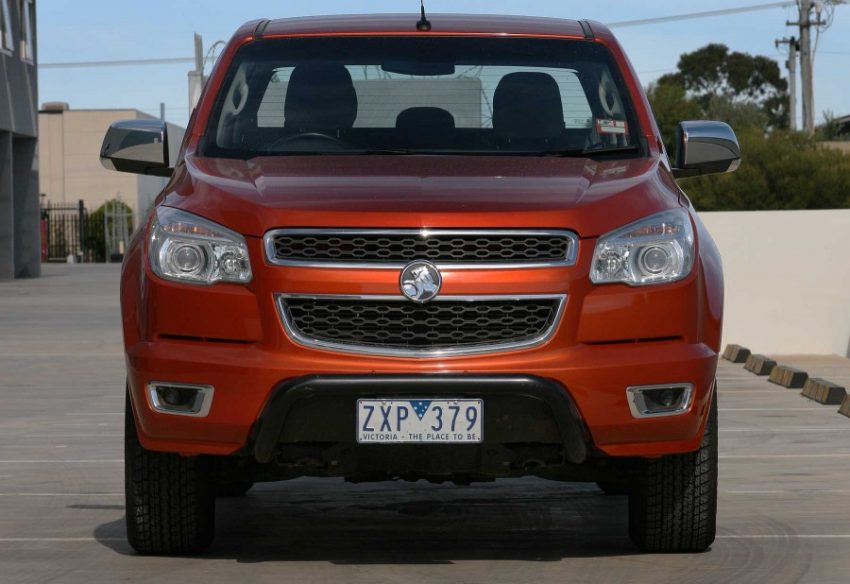
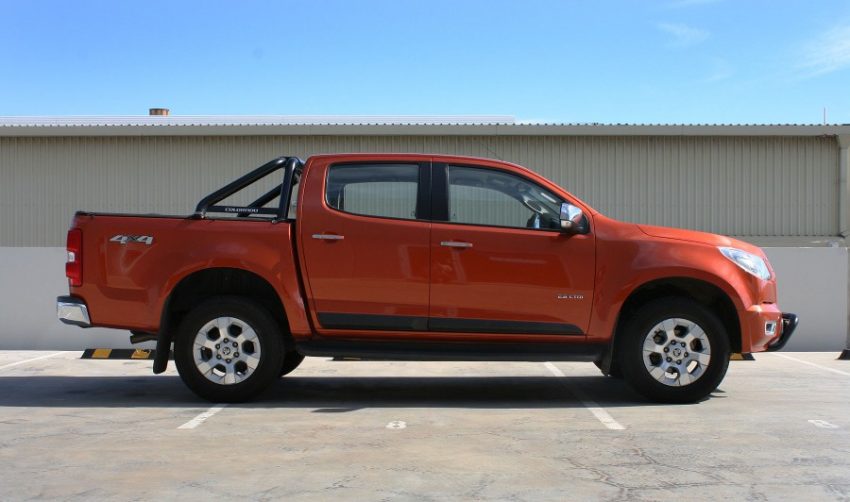
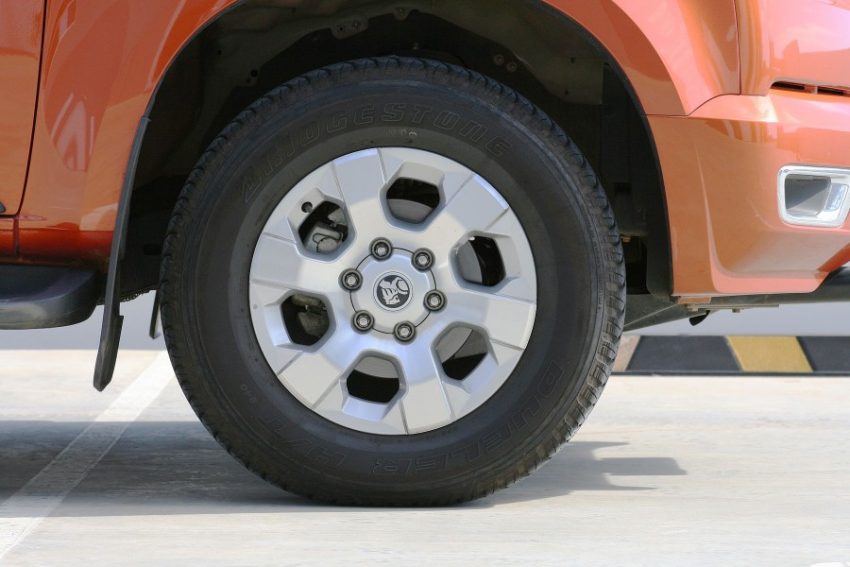
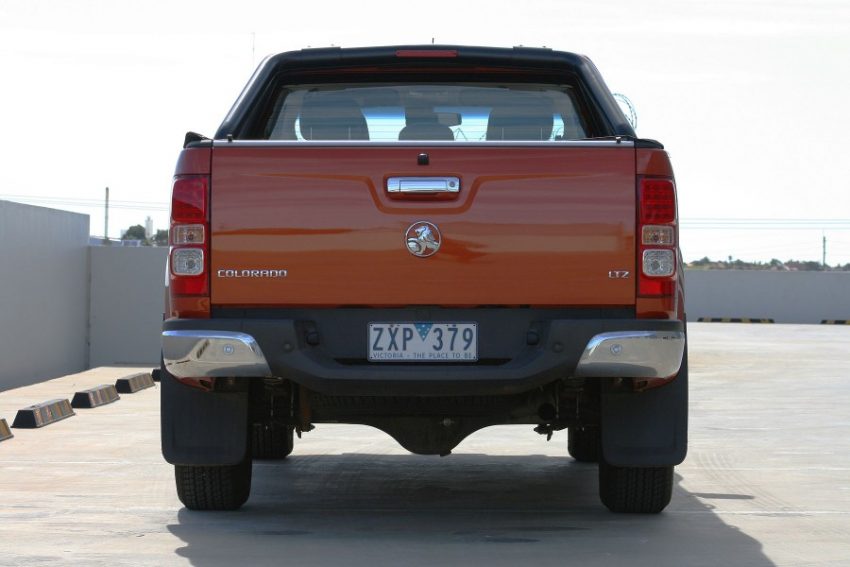
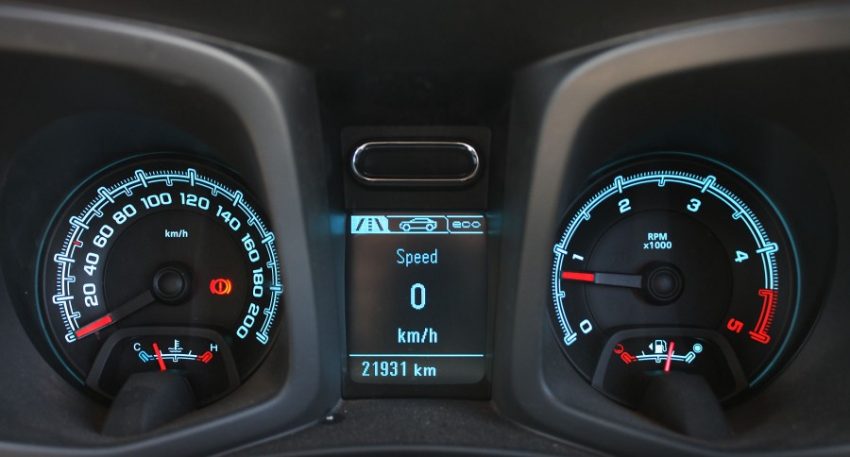
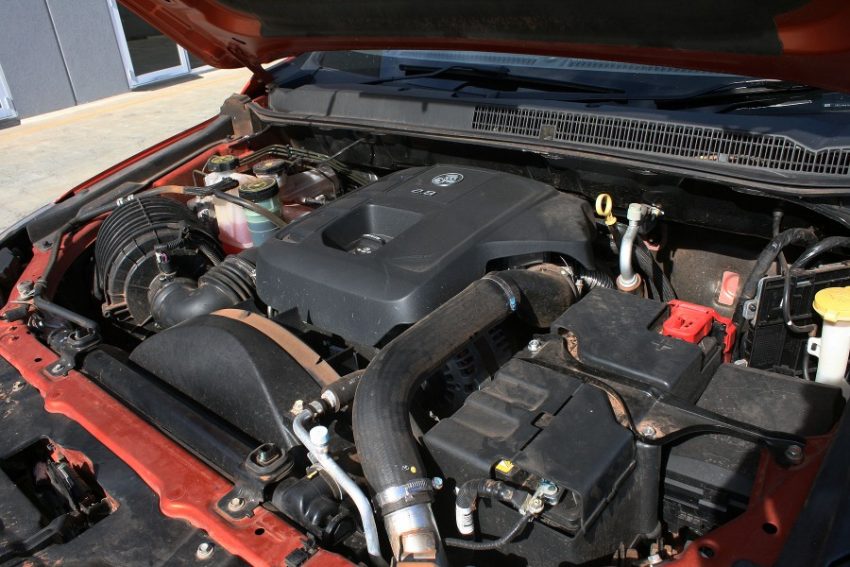
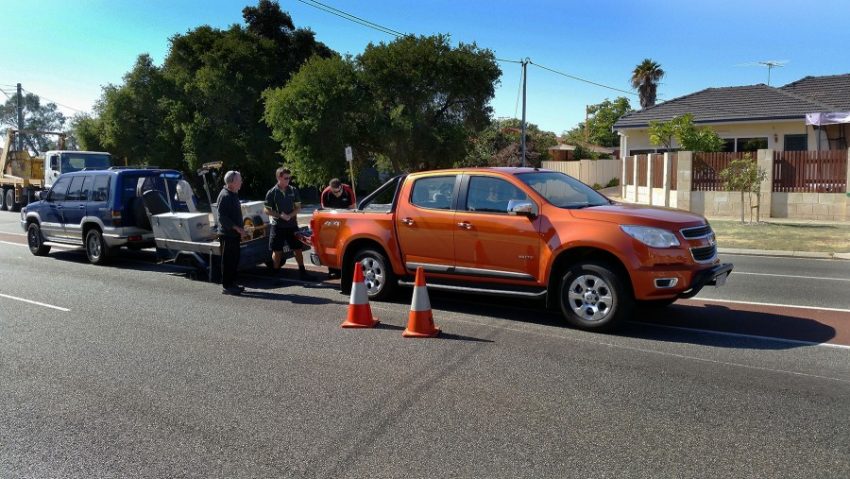
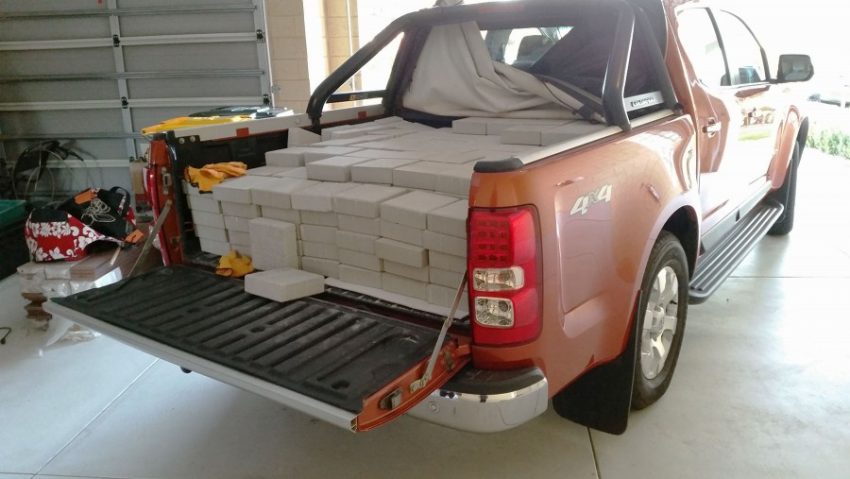
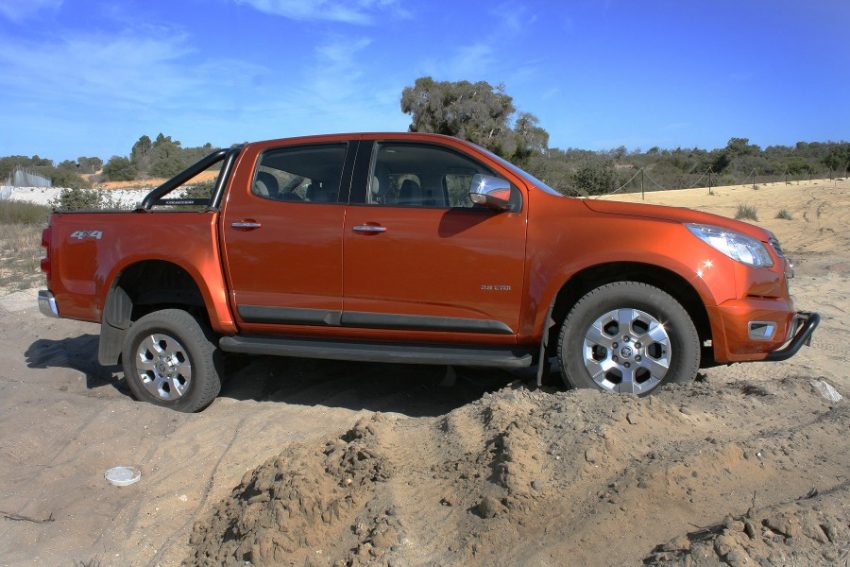



GIPHY App Key not set. Please check settings